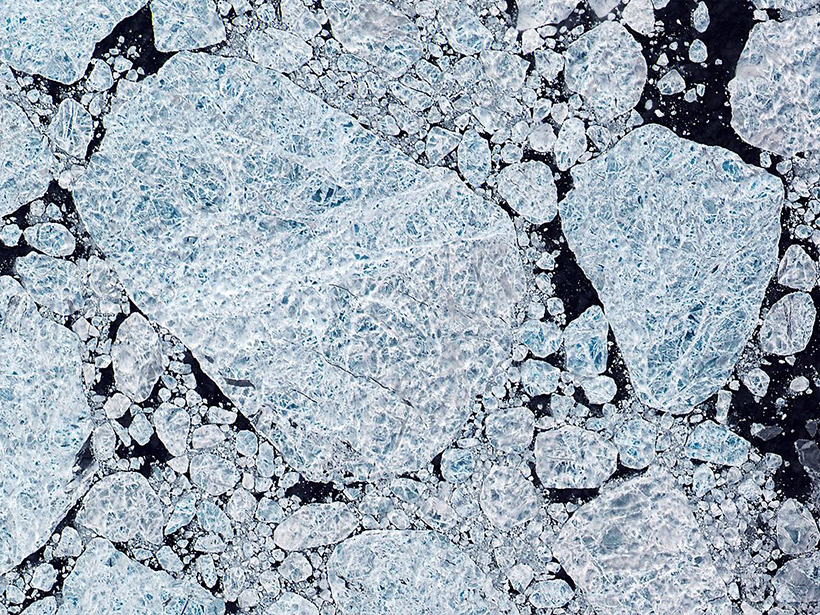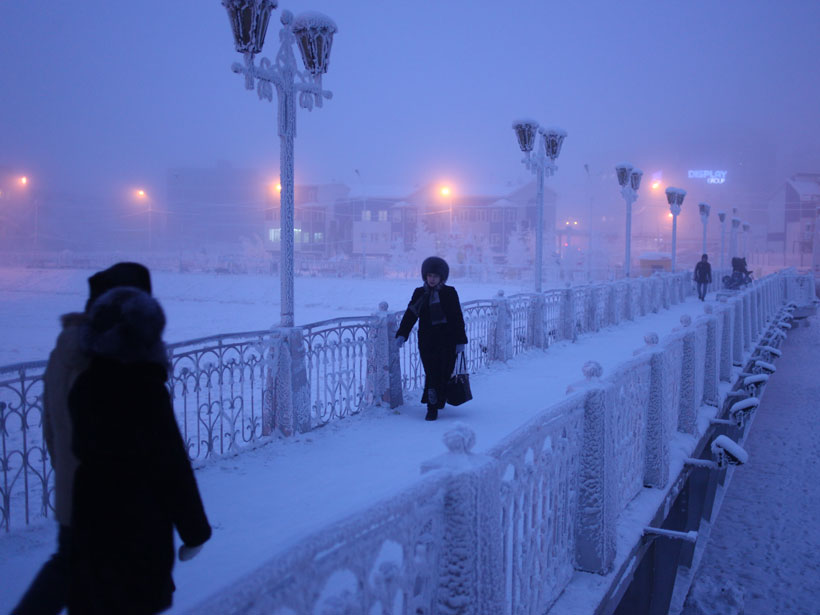Researchers used satellite data to trace ground subsidence in a permafrost-rich region in eastern Siberia following a wildfire.
Siberia
Posted inNews
Strong Winds Leave Arctic Regions on Thin Ice
A warming event in Siberia caused winds to strip sea ice from the Arctic’s Wandel Sea.
Posted inNews
Why Are Siberian Temperatures Plummeting While the Arctic Warms?
The answer involves the intricacies of stratospheric circulation, which, if better represented in climate models, could help predict extreme weather events in Siberia and elsewhere.
Posted inNews
Climate Change Could Make Siberia an Attractive Place to Live
Although anticipated warmer temperatures promise to render the region more comfortable for people, the transformation might turn permafrost areas into inhospitable bogs.




